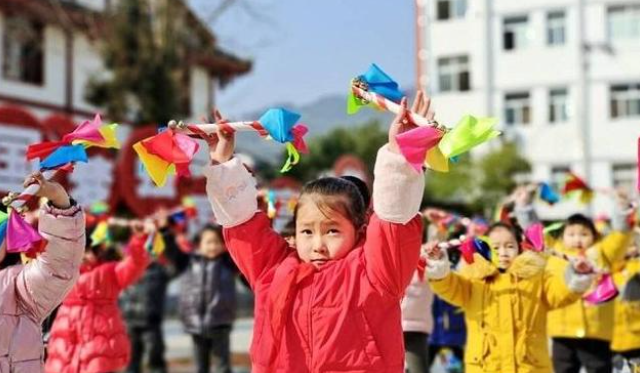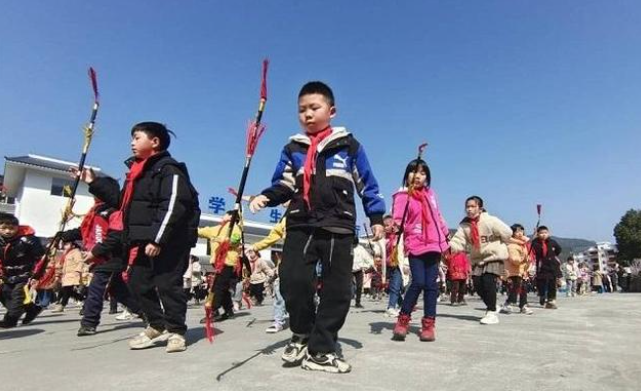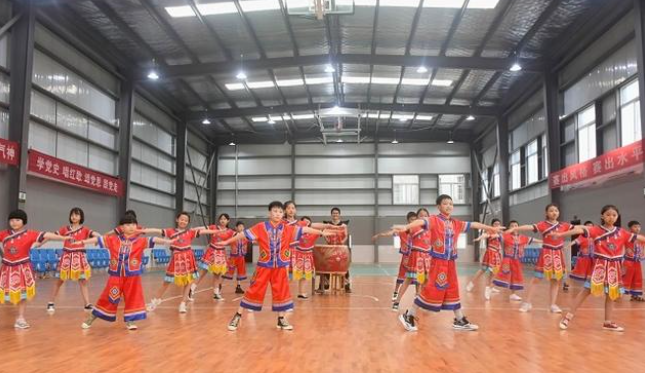Xuan'en Characteristic Classroom: Using National Characteristic Culture to Build a Minority Characteristic School

Eight Treasures Bronze Bell Dance

fight

bamboo pole dance

wave dance
Since the implementation of the "Double Reduction" policy, primary and secondary schools in Xuan'en County have strictly implemented the national education policy, constantly innovated and explored, and made efforts to build minority schools with the help of local ethnic culture, allowing students to practice "dance" on campus. , comprehensive development.
"I like the current learning environment of our school very much. Not only do there are Children's Palace club activities and various competitions, but also various campus activities are often held, which allow us to increase our knowledge and also give us a stage to show our talents." Gaoluo, Xuan'en County Zhang Yihan, a fifth-grade student at Town Central Primary School, said.
The "Double Reduction" policy was introduced, which clearly required to reduce the burden of excessive homework and off-campus training for students in the compulsory education stage. After the implementation of the "double reduction" policy, Xuan'en County's colorful campus cultural life has allowed more primary school students to release themselves and bloom wonderfully. Chen Lin, a fifth-grade student at Majiazhai Primary School in Gaoluo Town, has been fond of performing arts since she was a child. The school has added cultural and sports activities, club activities, and held various competitions. She always actively participates.
"Study now is no longer as boring as it used to be. I joined the school's erhu club and learned more knowledge. I am very happy." Liu Yuze, a student in Class 405 of the Second Nationality Experimental Primary School in Xuan'en County, told the author.
It is understood that since the implementation of the "double reduction" policy, Xuan'en County has strictly followed the "five education" education policy, instructing teachers to accurately understand the spirit, and leading teachers to actively update their concepts. At the same time, in order to build a stage for students to exercise in all directions, each school actively seeks resources, and with the help of local ethnic characteristics, offers courses of club activities with ethnic characteristics. Through home-school group propaganda, parents can understand the "double reduction" policy, and the home and school work together to jointly promote the implementation of the "double reduction" policy and escort the healthy and happy growth of every student.
"Since the 'double reduction', the school has optimized the configuration of the curriculum, integrating handicrafts, national culture, popular science, etc. into the learning practice, mainly to promote children's goodness and beauty, healthy growth, reduce the burden of schoolwork, implement Taking the five educations simultaneously, with the school philosophy of 'every child is important', we strive to build a school with minority characteristics in 'Miao Township'.
Through the implementation of the "double reduction" policy, the quality of students' learning has been improved, and the effect of reducing burden and increasing efficiency has been achieved, and an answer sheet that teachers participate, students like, and parents are satisfied with has been delivered.
 渝公网安备 50010702504639号
渝公网安备 50010702504639号